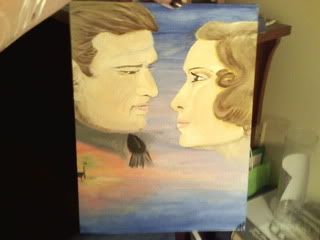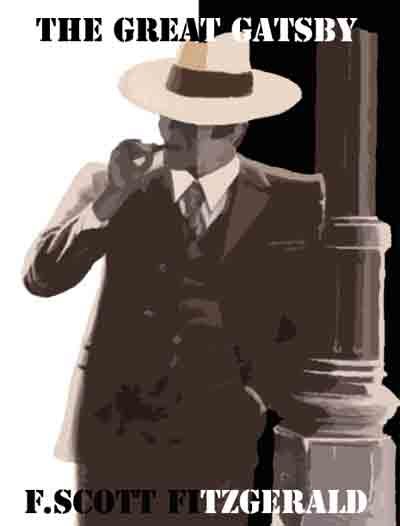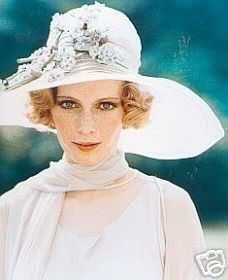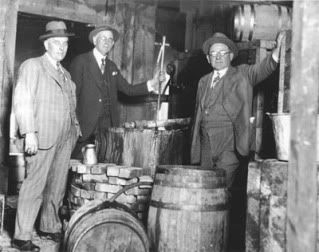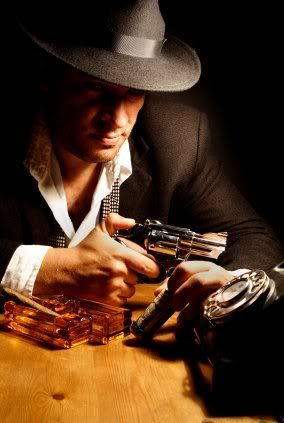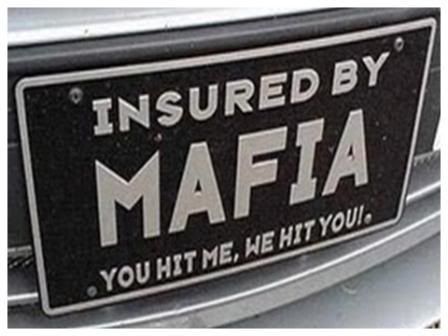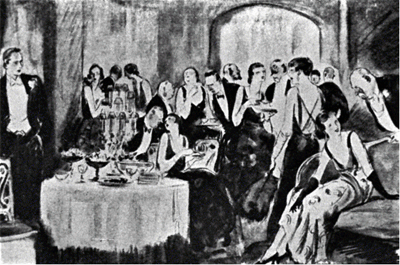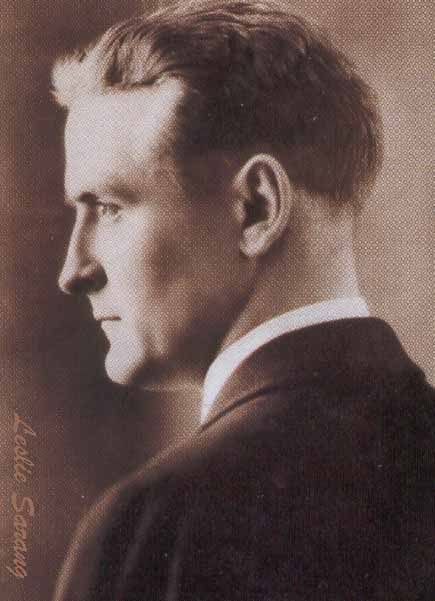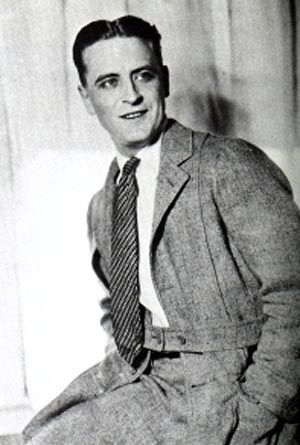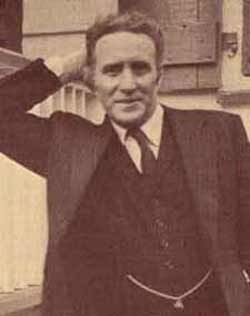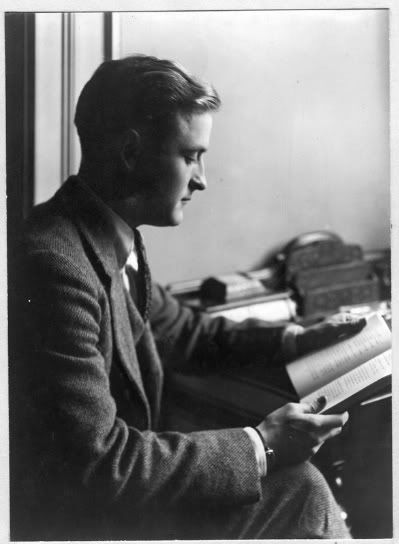


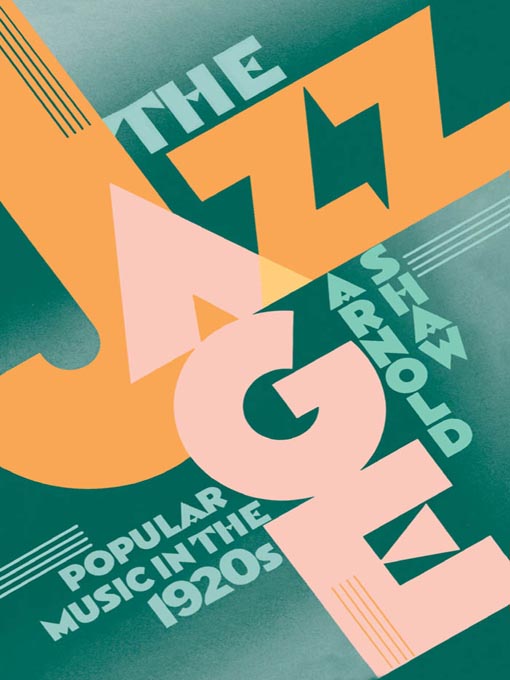
It was a time of conservatism, it was a time of great social change. From the world of fashion to the world to politics, forces clashed to produce the most explosive decade of the century.The 1920's.
In music, the three sounds were jazz, jazz, and jazz. The Jazz Age came about with artist like Bessie Smith and Duke Ellington. Youth ruled everything. From the young styles of dress to the latest celebrities. If it was young, it was the thing.It was the age of prohibition, it was the age of prosperity, and it was the age of downfall. It was the age of everything. The radio was certainly one of the most important inventions of the 1920s, because it not only brought the nation together, but it brought a whole new way for people to communicate and interact. Over the first few years of the 1920s, the automobile became a hit with everyone, especially young people who wanted freedom and excitement. Soon almost every household in America owned an automobile, and it quickly became a important part of American life. Parents would drive to work in their automobiles. Families could visit friends and family who lived farther away. Young people found a whole new way to have fun. The 1920's were a time of unbelievable prosperity. The stock market was going through the roof and the United States seemed to have the formula for limitless prosperity. However, the same formula that generated all of that profit would also be the cause of Black Tuesday.
Investment during the 1920's was based on the unstable basis of margin buying. Investors bought borrowed money from their brokers, who went to banks for that money. When stocks failed and investors needed to default, the money was forever lost. However, adding to the crash of 1929 was the slowing economy. The desire for consumer durables went down as Americans became satisfied with what they had. This in return affected the companies and workers that produced these items. A downward spiral was set in motion.
The 1920s was full of new exciting things from inventions to fads and fashions.This decade is remembered for so many great things and and always will be.

